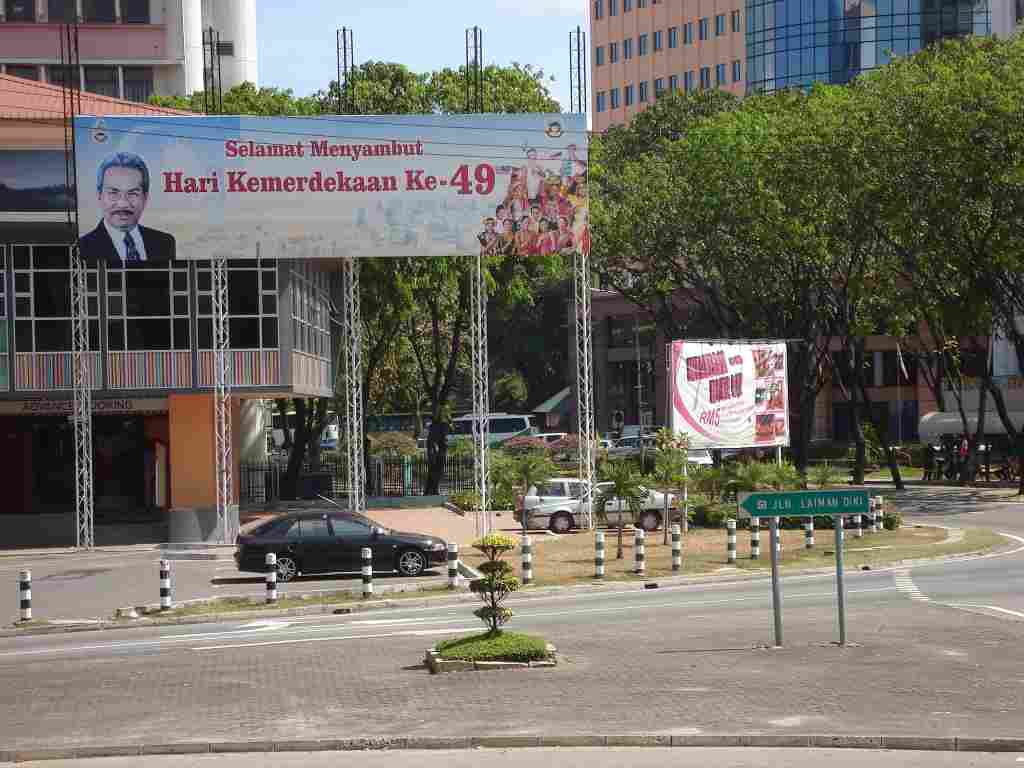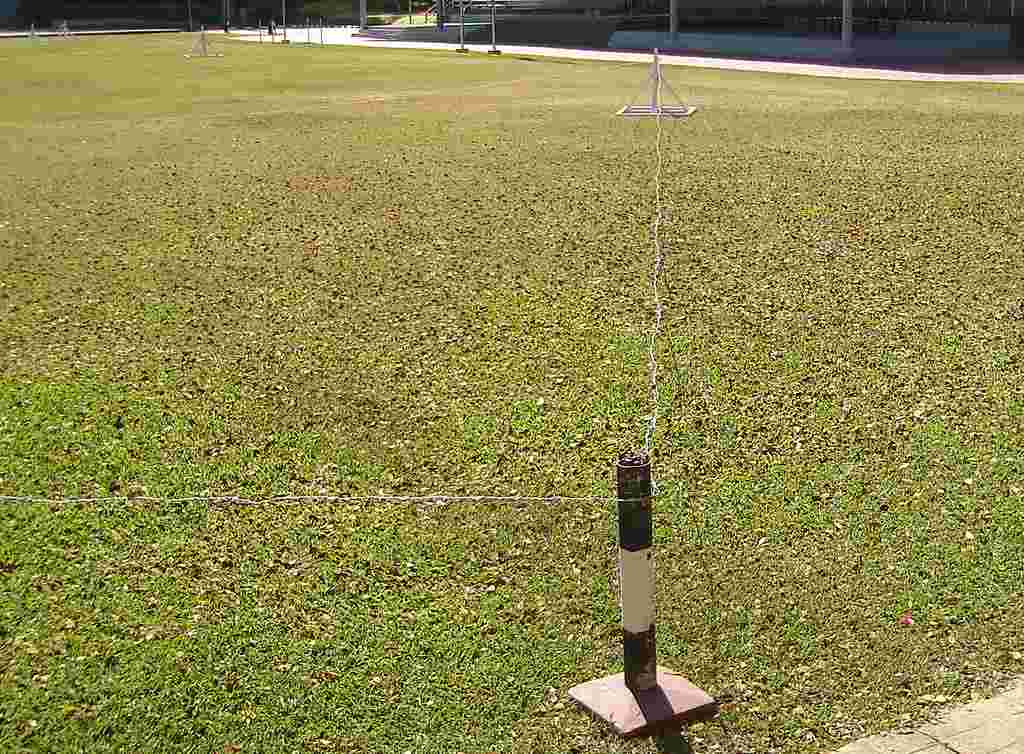Sabah ‘drowning’ in political cesspit
http://www.freemalaysiatoday.com/category/opinion/2012/07/13/sabah-drowning-in-political-cesspit/Sabah ‘drowning’ in political cesspit
According to the facts laid out in the Ninth
Malaysia Plan, there is no reason left for Sabahans to return Barisan
Nasional to power.
COMMENT
 By Joseph Wilfred Lakai
By Joseph Wilfred LakaiI dare say that Sabah is the worst managed state in Malaysia and the worst place to live in. Why? Because it has the second lowest water supply coverage, the highest population growth, the largest number of illegal immigrants, the highest incidence of poverty, the poorest electricity/energy efficiency and is the least developed state in Malaysia.
My conclusions are not unsubstantiated. They were drawn from a close study and analysis of the Ninth Malaysia Plan.
Below is what we culled from the Ninth Malaysia Plan:
- Sabah has the second lowest water supply coverage of 75% throughout the state, just ahead of the 70% water supply coverage in Kelantan.
- Sabah has the highest population growth rate in the country at 3.1% as compared with the national average of 2.3%. Its population jumped by 530,000 or more than 20% in the space of five years from 2.6 million in 2000 to 3.13 million in 2005.
- Sabah has the largest number of illegal immigrants and those with genuine ICs under “Project M” are estimated at nearly one million. In 1960, the Kadazandusun population was 168,000 and equalled the number of other Bumiputeras. In 2000, while the Kadazandusun Murut population increased to 560,000, the population of other Bumiputeras had grown to 1.1 million.
- Sabah has the worst energy efficiency with shocking system losses of 19.5% – units sold per employee (Gwh) is only 1.29 and System Average Interruption Duration Index (SAIDI) is 4,109 minutes per customer per year. In other words, 4,109 minutes are lost from power interruptions in Sabah each year or almost three days out of 365 days. No wonder Sabah is known as the “Land With Power Cuts”. This compares unfavourably with Tenaga Nasional Bhd’s system losses of 10.5%, 3.05 Gwh units sold and 147 SAIDI or only 147 minutes lost per year in Peninsular Malaysia.
- Sabah has the worst incidence of poverty at 23% in 2004 as compared with Sarawak’s 7.5% and Kelantan’s 10.6%. The incidence of poverty in Peninsular Malaysia is 3.6% and for the entire country 5.7%.
- Sabah ranked last on the Development Composite Index (DCI) scoring 90 as compared with the highest of 109.6 of Federal Territory of Kuala Lumpur. Even Kelantan is ahead of Sabah with a DCI of 93.1.
Clearly being the least developed state in Malaysia is the reward given to Sabahans for giving absolute power to Barisan Nasional without any meaningful opposition in the state.
Absolute power corrupts absolutely – and Sabah today can attest to this.
The time has come for Sabahans to wake up and restore democracy by voting in a strong and effective opposition.
We need to fight for political equality, socio-economic justice and for clean and good governance.
Sabahans have nothing more to lose; we are already the bottom state in Malaysia.
With such abundant natural resources, it is unacceptable for Sabahans to live in poverty, where there are frequent interruptions in power supply, poor roads and frequent water supply breakdowns.
It is unacceptable that Sabahans must live like strangers in their own lands facing illegal immigrants and also there is a deepening divide between the rich and poor.
In 2004 Sabah had a mean monthly income of RM2,487.
But how many households have a mean monthly income of RM2,487 when Sabah has the highest poverty incidence of 23%?
Malaysia has the worst income disparity in Southeast Asia between the rich and poor, with the share of income of the bottom 40% of the population enjoying only 13.5%, while the share of the top 20% increased 51.2%.
The income disparity is clearly much worse in Sabah where the rich have become richer while the poor remain poor.
Petronas earned RM500 billion todate
Malaysia has much wealth. The only problem is that it is not shared equitably with other Malaysians.
As an oil exporter, Malaysians have not received a single sen of oil revenues even though Petronas earned RM500 billion since it was established 31 years ago in 1974.
If this RM500 billion was shared with every needy Malaysian who is not wealthy, each Malaysian, young and old, can get at least RM20,000 each.
But Malaysians have not received a single sen of oil revenues due to extensive corruption by the BN government.
Former Prime Minister Dr Mahathir Mohamad recently revealed that Petronas was expected to earn RM83 billion for last year.
After deducting tax and royalties of RM40 billion, fuel subsidies of RM13 billion, Petronas will still have RM40 billion left.
If this was distributed to needy Malaysians, each young and old would get RM2,000 each per year.
A five-member household would then receive RM10,000 per year. They would not fear petrol and electricity price hikes and this would ill further assist them in reducing their financial burdens.
But why have we not received a single sen when this is our birthright as oil revenue from our oil resources belongs not to one company or to any individual but to all Malaysians?
Explain this, Najib
Let’s look at Singapore. The island republic is not an oil exporter.
If a non-oil exporter like Singapore can give S$2.6 billion (RM6 billion) cash under its 2006 Budget to all Singaporeans, especially the poor, why can’t the Malaysian government do so when Petronas has earned nearly RM500 billion since its inception in 1971?
Oil importer Singapore has given S$10.675 billion (RM24 billion) directly to its people since 2000 as compared to Petronas which has not given a single sen.
The question that Prime Minister Najib Tun Razak must answer is: how is it that Malaysians cannot get a single sen directly from the RM500 billion oil revenue while Singaporeans without earning a single sen from oil revenue can benefit from RM24 billion these last five years?
Clearly, it is important that Malaysians seek accountability and economic justice not only from the Sabah BN government but also from Najib to prevent all our oil revenue from being misused by the select few.
The writer is the vice-chairman of Sabah Progressive People’s Party
Read more: http://www.freemalaysiatoday.com/category/opinion/2012/07/13/sabah-drowning-in-political-cesspit/#ixzz20Y5EOWaA













